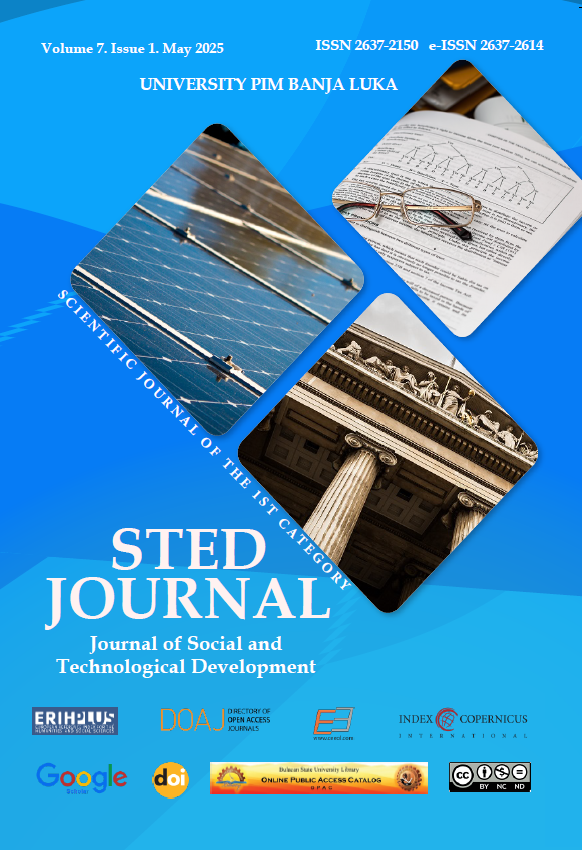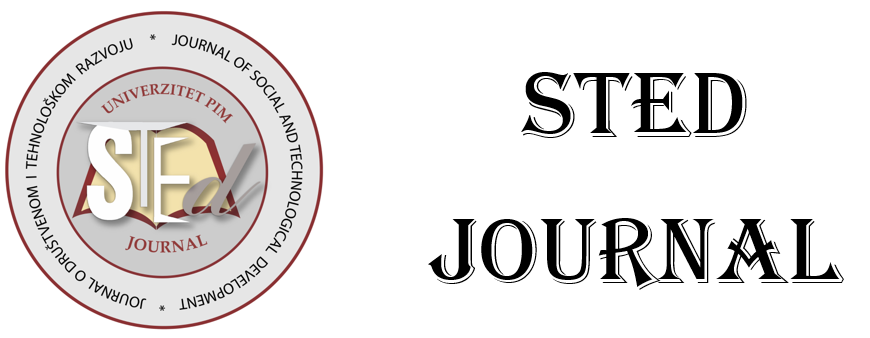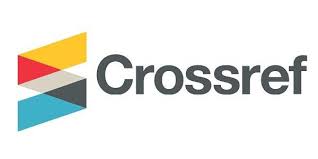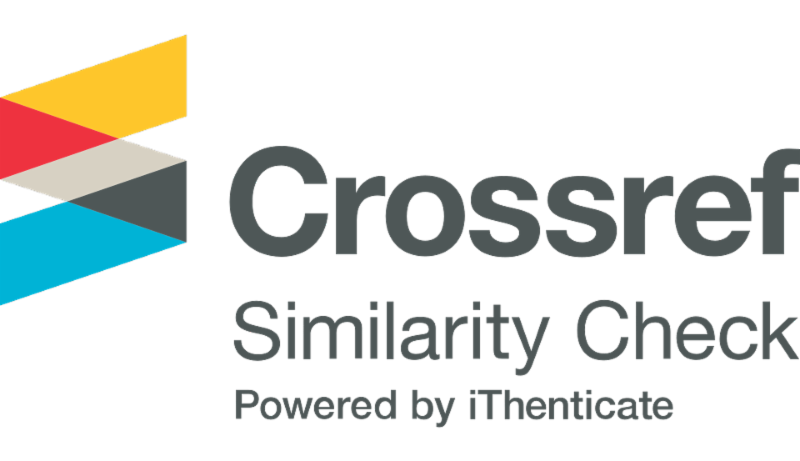Current issue

Volume 7, Issue 1, 2025
Online ISSN: 2637-2614
ISSN: 2637-2150
Volume 7 , Issue 1, (2025)
Published: 30.05.2025.
Open Access
All issues
Contents
29.11.2019.
Scientific paper
THE EFFECTS OF MODIFIED CLAY ON CONTROLLED DRUG RELEASE SYSTEMS
Recently, controlled drug release systems have been garnering a lot of attention, due to more targeted and effective approach for delivering drugs to a specific tissue. Because of a specific structure and natural abundance, clays are being added to those systems in order to increase its efficiency and minimize costs. In this study, controlled release kinetics of the drug active substance 5-Fluorouracil was studied, using halloysite clay/polymer drug carriers. For this purpose, the halloysite clay was initially modified with cetyltrimethyl ammonium bromide (CTAB). Drug carriers were prepared by adding modified halloysite clays in the mixtures of polyvinyl alcohol (PVA) and sodium alginate. Firstly, the swelling behaviour of the prepared substances was studied in buffer solutions at different pH. The drug release kinetics from the drug carriers, loaded with 5- Fluorouracil, was observed under a UV-spectrophotometer at 266 nm. Release profiles of the active substance were obtained by studying its release in buffer solutions at different pH. The results showed that the prepared drug carriers with modified halloysite clay were suitable for carrying and releasing of the 5-Fluorouracil.
Opus Admin, Ayse Zehra Aroguz, Vesna Teoflović, Olga Govedarica, Jelena Pavličević, Milovan Janković, Jaroslava Budinski-Simendić́
29.11.2019.
Scientific paper
POLYMERIC SCAFFOLDS FOR TISSUE ENGINEERING APPLICATIONS
Polymeric materials are commonly used for many purposes in Tissue Engineering Applications. In particular, they are used as scaffolds which are specially prepared in cell growth studies as well as drug loading and release systems. In drug delivery and controlled release systems functional, scaffolds are widely used in order to send the drug to its target region. On the other hand, in cell growth systems patterned polymeric scaffolds are prepared and used to allow the cells to grow at a certain region with a particular form. For this purpose, different techniques are used for the adhesion of cells onto the material surfaces. In this study, patterned scaffolds from various polymers as Polymethylacrylate (PAM), Polystyrene (PS) and polyvinylchloride (PVC) were prepared using micro contact printing with the soft Lithographic Technique. The prepared materials were morphologically analyzed and cell growth was followed by using electron scanning microscope (SEM). Poly (dimethylsiloxane) (PDMS) molds were prepared in different shapes and used as stamp materials to transfer the designed patterns. The cell growth on these patterned surfaces was followed after seeding L929 mouse fibroblasts cells. Neutral Red Uptake Assay was applied to observe cell growth. The cell growth experiments showed that the cells were attached to the patterned surfaces and a significant increase in cell growth on the surfaces were observed.
Ayse Zehra AROGUZ











